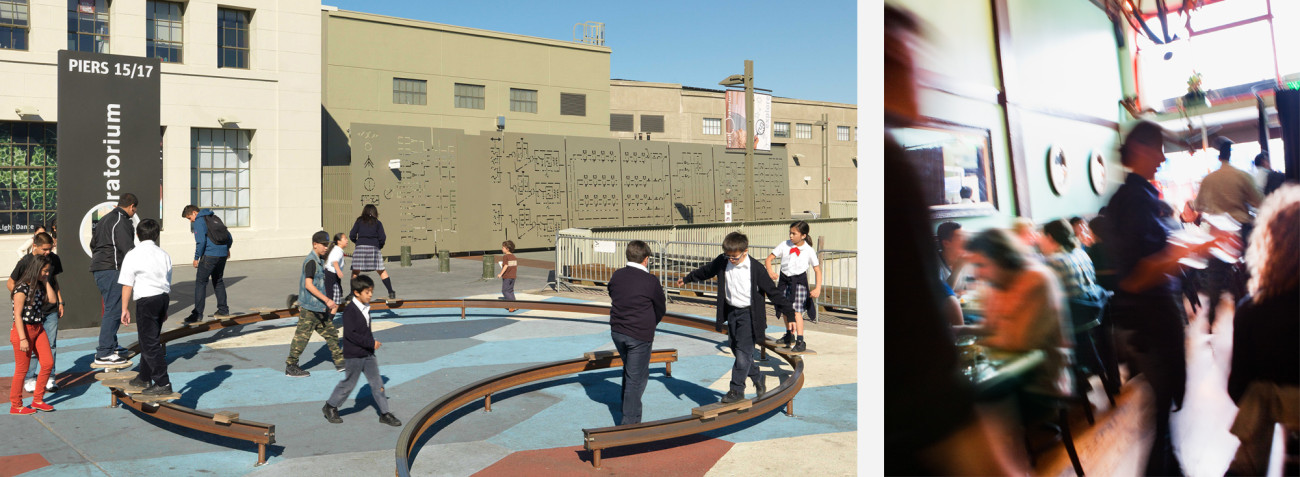The easiest decision I ever made while serving on the San Mateo City Council was to oppose a 24-hour card room casino at the race track. Both the city and the track were experiencing rough economic times. A card room to expand gambling options at Bay Meadows was seen as a possible answer. I was a new councilmember when the issue first arose. In the beginning, I had no real objection. My father occasionally played cards for pocket money and I innocently thought a card room would sort of be like that.
When I attended a League of California Cities conference in Los Angeles with a few other councilmembers and staff, we visited Inglewood race track and card room. Inglewood, located near LAX, is a poor urban city with little in common with San Mateo. When we were ushered into the card room, I gasped in surprise at the rows of old despondent men bent over their cards and cigarettes in the smoke-filled room. I changed my mind. This was not right for San Mateo.
I was the only one on the council to oppose the card room. And since I helped start a grass roots movement to fight it, I was persona non grata among my colleagues and some warned I would never be chosen as mayor. However, the community agreed with our efforts and the card room was defeated at the polls.
The New York Times recently featured a front page story on race track casinos linked to the death of too many horses, “Casino Cash Helps Push Cheap Racers to the Limit.” Cited was a casino which opened at New York’s Aqueduct race track last year. It offered richer prizes. But 30 horses died racing there, a 100 percent increase in the fatality rate over the same period the previous year. And it was not the only casino/track where horse mortality has increased. No question, the decision not to have a card room at Bay Meadows was correct.
***
On the other hand, one of the most difficult decisions I had to make was what kind of development to approve when the race track announced it would close. We went through more than five years of community meetings on what the city wanted rather than just reaction to a developer’s plan. It was very important for me to have a very large park equal to Central Park on the site, as well as a development which would encourage people to walk to stores and take Caltrain to work. At the same time, developer Wilson Meany and Associates was proposing a development plan for the site. Many in the surrounding neighborhoods were worried about traffic. Many citizens and some homeowner associations were against any development of any kind and just wanted the land to be kept as open space. That was never an option since the city didn’t own the land and didn’t have the money to purchase it. And horse racing fans and employees were upset.
I remember talking to then city manager Arne Croce about possible uses. We talked about a college campus, a high-tech research campus or maybe even creating a civic center at the site. But none of these ideas turned out to be possible. At last, after many extensive meetings, we had a rail corridor plan approved by a citizens committee and a developer’s proposal to fit that vision. My last vote as a member of the City Council was to approve the Bay Meadows development. That was in December 2005.
***
Today, work has begun on the closed down track. Wilson Meany is creating streets, lighting, sidewalks and utilities. They have submitted applications for two of the new public parks — the 12-acre community park and 1.5-acre neighborhood park. Meanwhile, construction is expected in a few months on 63 two- and three-bedroom townhomes to be built by TriPointe Homes. Another neighborhood of two- to four-bedroom townhomes is also planned. There will also be five commercial buildings designed to LEED Gold environmental standards. All of this is within easy walking distance to Caltrain.
A new Bay Meadows is coming to life. Here’s hoping it’s a great addition to the city and validation of a decision made seven years ago.
Read the original story here.
